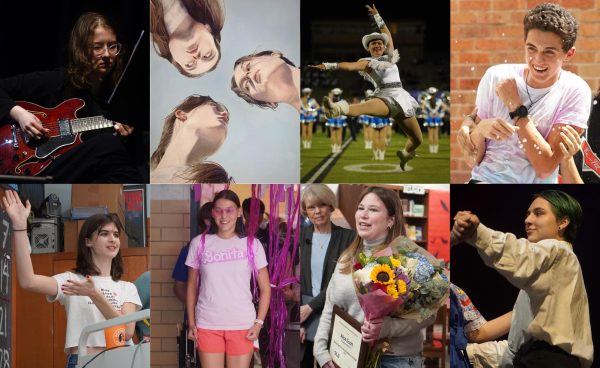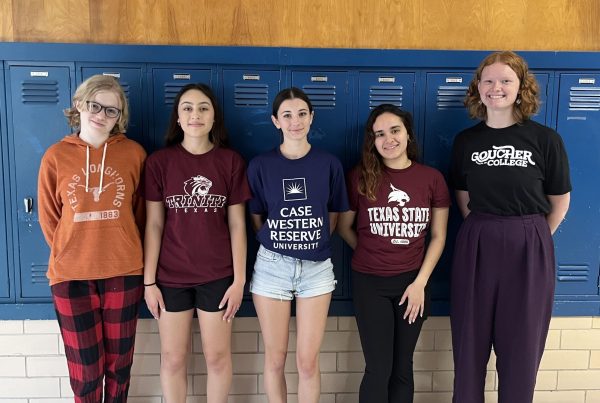SOCA creating community at MAC
In its third year on campus, club for BIPOC students and their allies goes virtual, aims for awareness, solutions
The students and teachers of the Students of Color Alliance meet with Nicole Griffith over Zoom to share ideas about fostering dialogue between students and staff.
February 21, 2021
Colorful signs and handmade posters celebrating Black and Hispanic history months, illustrating social issues and advertising volunteer opportunities were all products of the Students of Color Alliance that graced the halls of McCallum since the club began in 2018. Like everything else this year, “SOCA” has had to evolve in the face of a worldwide pandemic. Although the club has adopted an online format, its importance to the McCallum community remains the same.
[SOCA] is about community and talking and making a safe space for kids of color to speak and for allies to listen.
— senior Zakiya Robertson, a Students of Color Alliance leader
SOCA, or Students of Color Alliance, is a space for Students who identify as BIPOC, Black, Indigenous, People of Color, and their allies to discuss issues of social justice and equity on campus. In a normal school year, the club would convene in the Art 1 portable, a space where they hosted discussions and community building events, planned outreach and awareness campaigns. Now, the club meets every Thursday over Zoom.
“[The Students of Color Alliance] is about community and talking and making a safe space for kids of color to speak and for allies to listen,” said senior Zakiya Robertson, a leader of SOCA. “We just want a safe space for people to feel comfortable and to feel represented at McCallum. And so that was the focus and the purpose of the club.”
Now in its third year of existence, SOCA is run by senior leaders Robertson, Ingrid Limas Sánchez and Isabella Tellez, and continues to serve the same goal. The trio feels the responsibility of their club, especially with the push for racial justice that occurred this summer shaping the school year.
“Over the summer, with the situation with George Floyd and Breonna Taylor and the whole Black Lives Matters movement, the first thing that kind of came to my mind, after myself, was the club,” Robertson said. “Like, if we were in school, what would have happened? There would have been a lot of chaos. And so many emotions would have been brought up, and what would kids do? Where would they go? I just was, like, I hope that they would come to us and our allies, and talk to us, and let us discuss it and how we’re feeling and try to relieve some of that pain and frustration and sadness and hurt.”
View this post on Instagram
Through planning fun events, guest lectures, a virtual heritage wall and history highlights, the club’s Black History Month conversation leans towards a broader question: “How can we incorporate Black history, and beyond that, People of Color, into our community after the month ends?” Part of their answer is to focus on reshaping the culture of McCallum to take more pride in diversity, to listen and learn and to seek out different perspectives.
The student leaders are not alone in their goal. This is art teacher Ana O’Keefe’s third year sponsoring the club. Alongside her is Coach Lorie Campbell, AVID sponsor Zulmy Galindo, Fine Arts Academy assistant coordinator Tonya Moore and dance teacher Rachel Murray. All five sponsors assert their commitment to anti-racist teaching practices inside and outside the club, and identify as BIPOC and allies.
Club members began the school year with a deep discussion of the protest movements in support of racial justice, and their desire to continue that work to tackle systemic racism in their own community.
“This club is important because students on our campus recognize issues of inequity within our school system and have expressed a desire to do something about them,” O’Keefe said.
O’Keefe described the work of taking these issues and localizing them into the scope of the McCallum community as one of the biggest objectives SOCA undertakes.
This club is important because students on our campus recognize issues of inequity within our school system and have expressed a desire to do something about them.
— Ana O'Keefe, Students of Color Alliance faculty sponsor
“Our topics of discussion so far this year have included: Black Lives Matter at school, inclusive policies and practices of equitable representation in school curriculum and Advanced Placement classes, honoring Hispanic Heritage Month on campus, voter registration and suppression among communities of color,” O’Keefe said.
Within that goal, Robertson says that SOCA has always served to build a community within McCallum where students of color can share experiences, build friendships and have their voices heard. Now, with most students taking virtual classes and the McCallum campus a ghost town, the alliance feels like it is more important than ever to continue to extend this community.
“Some kids do rely on building relationships with their teachers to help them get through a class, and it’s just it’s a completely different atmosphere over the computer and over Zoom,” Robertson said. She hopes that through SOCA, they can offer support to students even through a virtual setting.
For Robertson, moving from a club member to leader has also been a big shift.
“I think it just kind of adds on to the pressure of becoming seniors and applying for colleges and making sure I graduate and stuff,” Robertson laughed, “but it does also relieve some stress, the fact that I get to talk to my friends about what’s going on and how things are feeling right now also. So I guess it’s stressful but in a good way.”
Building a community of students who support each other is something SOCA hopes will empower students to speak up and advocate for each other outside of meetings.
“I feel like people seem to think that McCallum is really diverse and really open to a lot of different ideas,” Robertson said. However, she also feels like this openness doesn’t always extend to minority populations at MAC. “So that’s kind of the thing I think [SOCA] revolves around: bringing awareness to things kids of color feel like they’re facing at McCallum and when enough kids are bringing up and talking about their experiences, we could talk about that with administrators.”
View this post on Instagram
Instagram posts, like SOCAvirtual Hispanic Heritage month poster, have replaced SOCA’s classic hallway art pieces, while still celebrating history. Graphic by Isabela Tellez.
The discussions are only part of the process. Identifying problems, and then working on solutions, is a whole other task. To that end, the Students of Color Alliance has continued to use its platforms to spread information and awareness. This year’s Hispanic Heritage Month was celebrated on the SOCA Instagram account through colorful artwork and informative captions. One of the things the club does best is combining both elements: celebrating people of color and educating on the issues that are important to them.
“In our history classes I never felt represented in our school,” Limas Sánchez said. “We barely talk about Mexican civil rights or El Movimiento. We only talked about the school walkouts and Cesar Chavez.”
In our history classes I never felt represented in our school. We barely talk about Mexican civil rights or El Movimiento. We only talked about the school walkouts and Cesar Chavez.
— senior Ingrid Limas Sánchez, Students of Color Alliance leader
To fill that void, Sánchez and Tellez combined artistic talent and a passion for culture to educate in a way that was accessible as well as creative.
“That’s what motivated me,” Sánchez said. “I’m currently doing some research to make some Instagram post to bring awareness to these topics.”
The club is planning how best to involve the school in Black History Month. Through planning fun events, guest lectures, a virtual heritage wall and history highlights, the conversation leans towards the broader question of “how can we incorporate Black history, and beyond that, People of Color, into our community after the month ends?” Part of their answer is in reshaping the culture of McCallum to take more pride in diversity, to listen and learn and to seek out different perspectives. To those who identify with the club, or know they have a lot to learn, SOCA urges all to come to a meeting.
“Please join! We’re pretty cool, and we just have a lot of cool discussions,” Limas Sánchez said. “[SOCA] is a safe place for POC to talk and allies to listen and contribute to the conversation.”



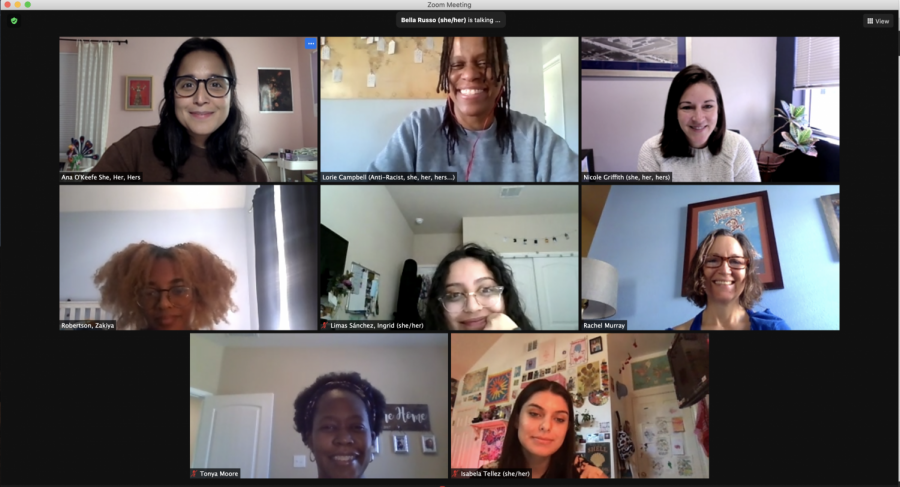

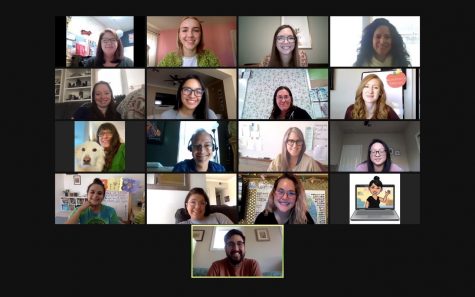
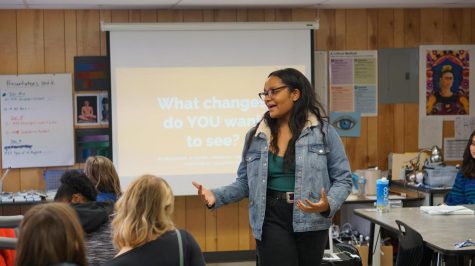

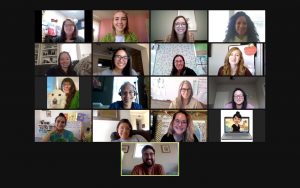
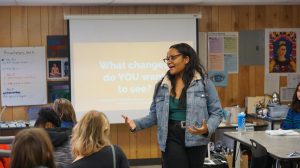

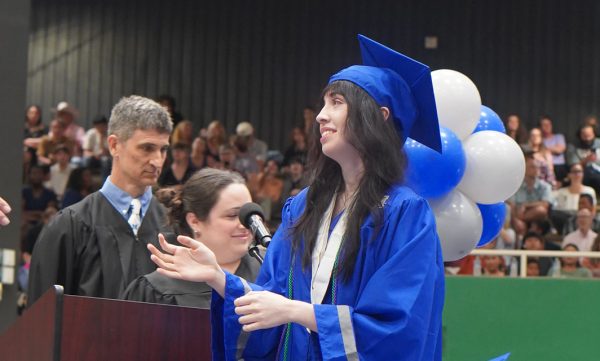
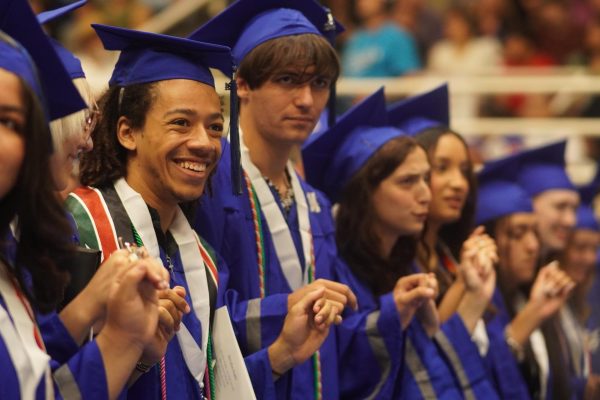
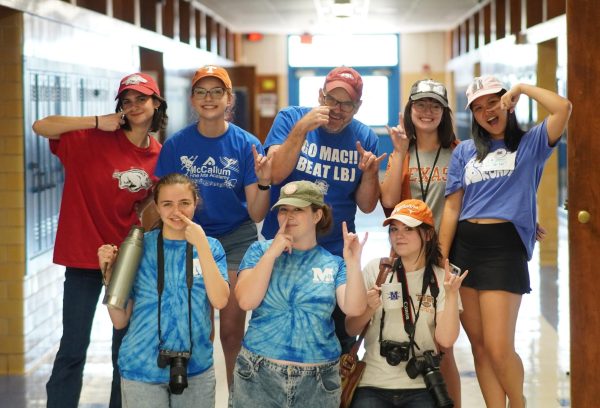
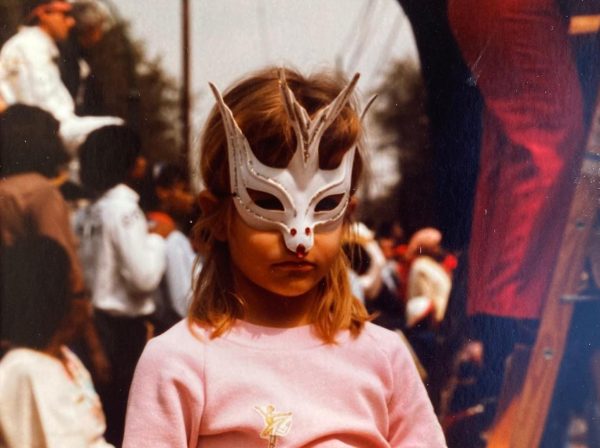
![This is Paul Pews high school graduation photo. The 2023-2024 school year marked his 34th year of teaching. He began his career in Washington, then came to McCallum where he has taught for the past 17. At heart though, he’s really a musician. One that grew up in many different places, including Chicago and California, who took interest in teaching from a young age. His high school choir experience, along with some international singing in college, persuaded him that teaching was his path. He knew he wanted to be able to help create works of art in the fine arts department as well, so he joined McCallum. He’s worked on many of the musicals over the years, even before Joshua Denning, the former theatre director of the fine arts program arrived. Before him was a different director: Tatum.
“I was the music director for all the musicals,” Pew said. “[Mr. Tatum and I] worked very hard, and I just got to the point where I was satisfied with it.” Although he may not be as prominent of a member in the musical theatre community at McCallum anymore, he still plays piano. “I still do a lot of music down at the Music end of the building,” Pew said. Photo courtesy of Paul Pew.](https://macshieldonline.com/wp-content/uploads/2024/07/Paul-Pew-1974-444x600.jpg)

![DANCING QUEEN ONLY 15: The Mccallum quinceañera took place Saturday May 18 in the cafeteria. Students who danced at the quinceañera practiced for weeks during lunch and after school with the help of Señora A to perfect this special moment. “I signed up for fun and for the dress originally, but I actually made a lot of friends, and it helped me want to come back to practice,” said Elizabeth Peables, a freshman quinceñeara. “It’s been stressful, but it always works. We stayed very late yesterday [the day before the event], but today it feels like everything came together.”
Caption by Nellie Eschberger with reporting by Beatrix Lozach.
LA REINA DE BAILE, SOLAMENTE TIENE 15 AÑOS DE EDAD: La Quinceñera de McCallum fue el 18 de Mayo en la cafetería. Estudiantes que bailaron en la quinceañera practicaron por semanas durante el almuerzo y después de la escuela con la ayuda de la Sra. A para perfeccionar este momento especial.
“Originalmente me inscribí para divertirme, y por el vestido, pero actualmente hice muchos amigos y me ayudó a querer regresar a la práctica.” Dijo la estudiante de primer año Elizabeth Peables. “Ha sido muy estresante, pero siempre funciona.” “Nos quedamos muy tarde ayer el día antes del evento pero hoy se siente que todo está cayendo en forma.”
Leyenda por Nellie Eschberger con reportaje de Beatrix Lozach. Traducción por Maverick Palacios.](https://macshieldonline.com/wp-content/uploads/2024/06/53732328578_3ee2526f55_o_53769409497_o-600x338.jpg)
